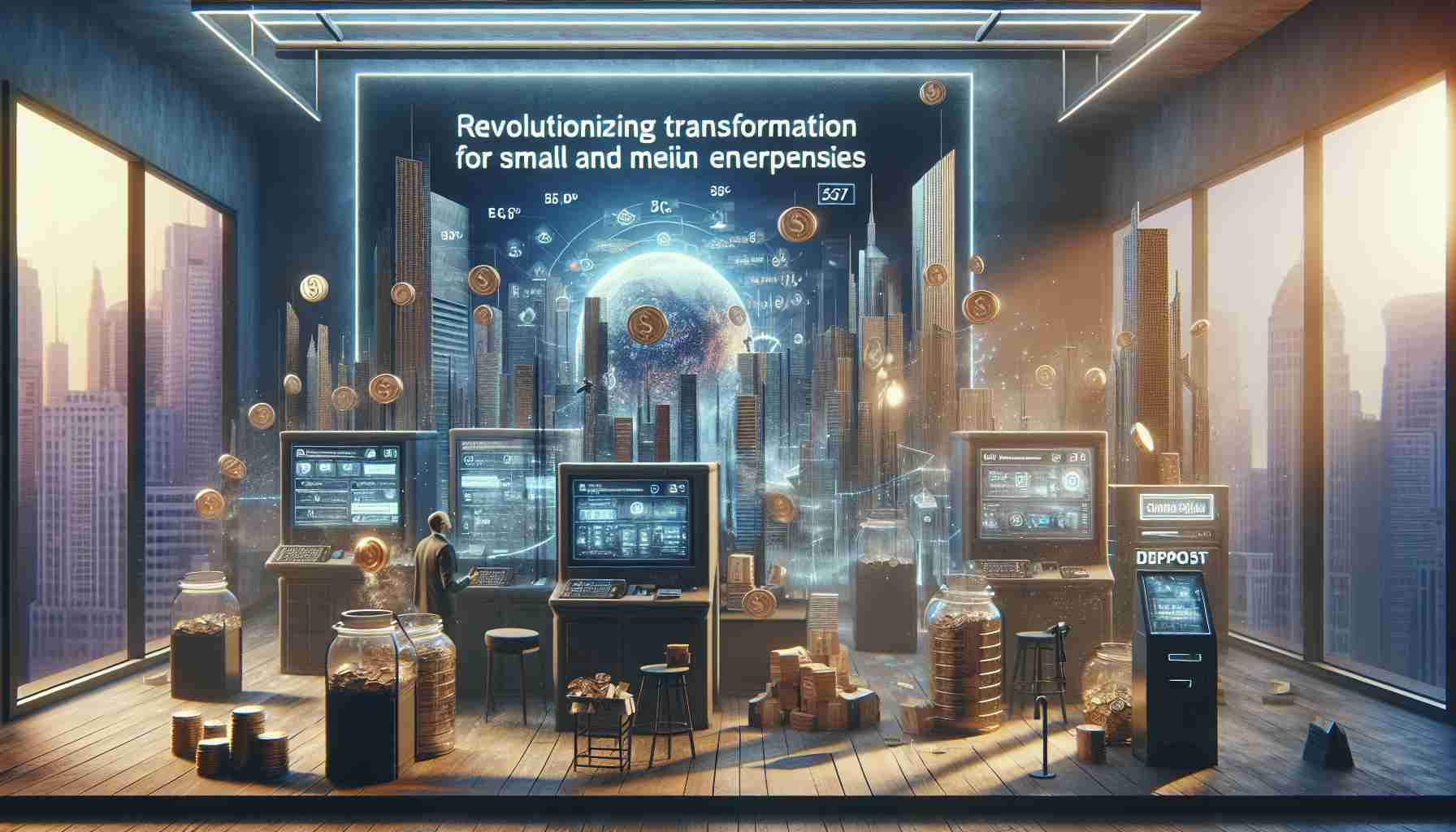Fintilectは、ハイパーパーソナライズされたデジタルバンキングソリューションのリーダーとして、DF Capitalと提携し、中小企業(SME)向けのビジネス貯蓄口座のオンラインセルフサービスオプションを強化しました。このアップグレードは、2021年に個人貯蓄口座向けに成功裏に展開されたものに続くものです。
現在、中小企業はDF Capitalのウェブサイトを通じて自分の口座を簡単に管理できるようになり、簡単なアクセス、通知、固定金利預金口座などの幅広いオプションを提供しています。これらの口座は、£20,000から£250,000までの貯蓄に対応しており、すべての適格な預金は金融サービス補償制度によって保証され、£85,000まで保護されます。
このパートナーシップは、DF Capitalのデジタル拡張戦略の重要な要素であり、顧客の進化するニーズに応えるという彼らのコミットメントを反映しています。DF Capitalの最高技術責任者は、現代のバンキング環境においてすべての顧客が24時間365日オンラインアクセスを必要としていると強調し、製品全般におけるデジタル体験を向上させるための大規模な投資が行われていることを指摘しました。
Fintilectとのこの協力関係の継続は、DF Capitalの市場での存在感をさらに高めることが期待されています。個人貯蓄者向けのオンラインプラットフォームが好評を博したことを受け、Fintilectはビジネスクライアント向けにも同様の機能を提供し、彼らがいつでもどこでも貯蓄口座を管理できるようにしています。両社は継続的な革新を目指しており、明るい未来が見込まれています。
中小企業バンキングの革命: DF CapitalとFintilectの革新的なパートナーシップ
中小企業向けデジタルバンキングの強化
中小企業(SME)向けのデジタルバンキング環境を強化するために、FintilectはDF Capitalと提携し、ビジネス貯蓄口座のセルフサービスオプションを向上させる重要な動きをしました。この協力は、中小企業が財務をより容易かつ効率的に管理できるようにアカウント管理を簡素化することを目指しています。
パートナーシップの主な特徴
– 包括的な口座オプション: DF Capitalは、簡単なアクセス、通知、固定金利預金口座など、さまざまなビジネス貯蓄口座を提供しています。この多様性により、中小企業は自分の財務戦略に最も適した貯蓄方法を選択できます。
– 預金の安全性とセキュリティ: ビジネスは、£20,000から£250,000の範囲で貯蓄を確保できます。すべての適格な預金は金融サービス補償制度(FSCS)によって保護され、最大£85,000までのカバレッジを提供します。
– いつでもどこでもアクセス: アップグレードにより、中小企業のクライアントはDF Capitalの使いやすいオンラインプラットフォームを通じて24時間365日アカウントを管理できるようになります。この機能は、財務リソースに常にアクセスする必要のある現代のビジネスにとって必須です。
メリットとデメリット
メリット:
– 中小企業がアカウントを管理する際のコントロールと柔軟性の向上。
– デジタル革新と顧客サービスに対する強いコミットメント。
– FSCSのバックアップによるセキュリティで、プラットフォームへの信頼感を高める。
デメリット:
– オンライン管理への移行は、デジタルバンキングツールに不慣れなビジネスには課題をもたらす可能性がある。
– 対面でのやり取りを好むビジネスにとって、実店舗の存在が限られていることが懸念される。
市場動向と未来の見通し
デジタルバンキングセクターが進化する中で、ハイパーパーソナライズされたサービスの必要性はますます重要になっています。FintilectとDF Capitalの協力は、銀行が特に中小企業の顧客の変化するニーズに適応しなければならないというより広範なトレンドを反映しています。より多くのビジネスがデジタルソリューションに移行する中で、強化されたオンラインバンキング機能は例外ではなく、標準的な期待となるでしょう。
セキュリティの側面
サイバー脅威が増大する中で、デジタルバンキングにおけるセキュリティの重要性は強調されるべきです。DF Capitalのプラットフォームは、敏感な金融データを保護し、規制に準拠するための堅牢なセキュリティ対策を強調しており、その結果、顧客のサービスへの信頼を高めています。
未来の革新
FintilectとDF Capitalの継続的なパートナーシップは、近い将来にさらなる革新的な機能を発表する予定です。継続的な改善に焦点を当てた共同のビジョンを持つことで、ビジネスは彼らの独自の財務ニーズに合わせたさらなるカスタマイズされたソリューションを期待できます。
デジタルバンキングソリューションに関する追加の洞察については、DF Capitalを訪れ、中小企業向けの進化する金融環境を探索してください。
